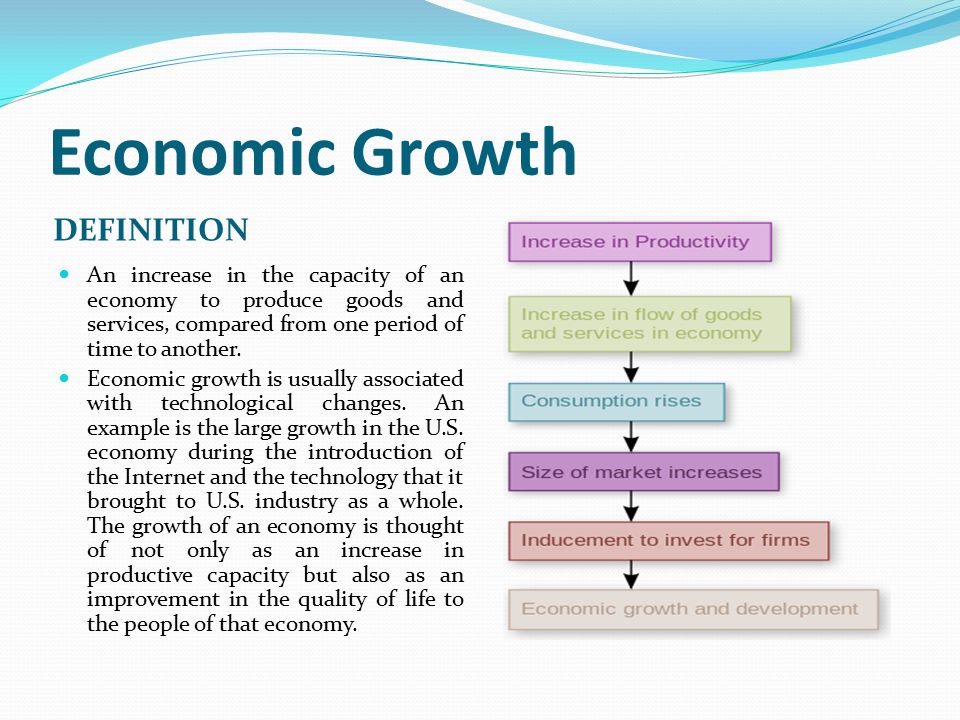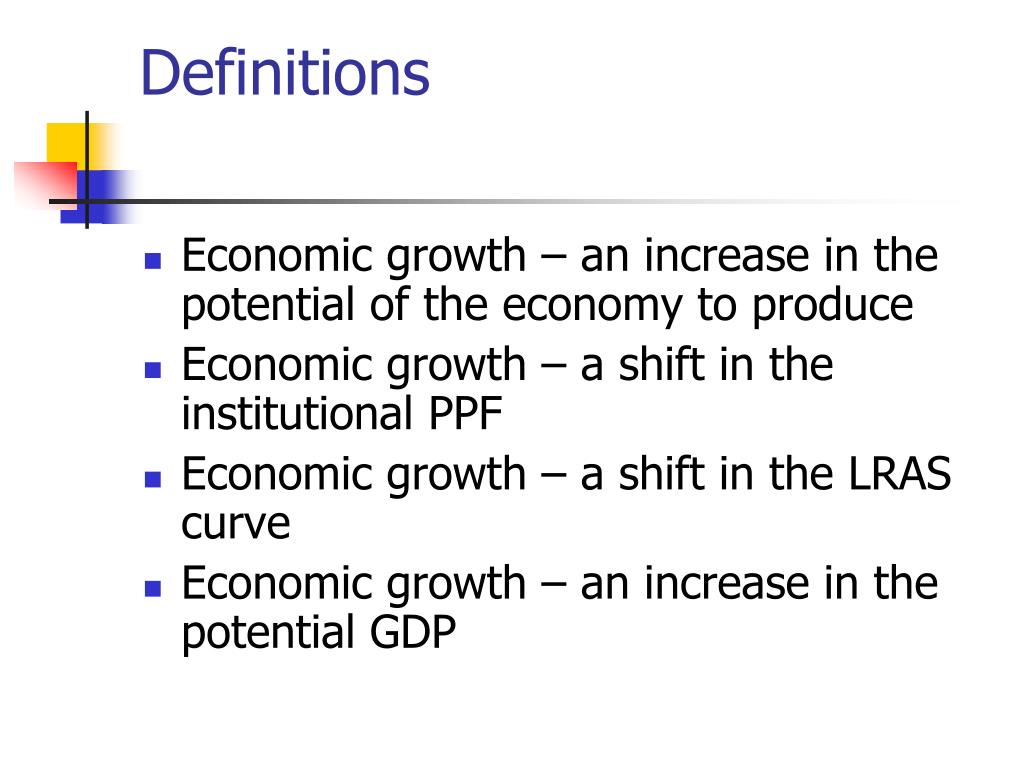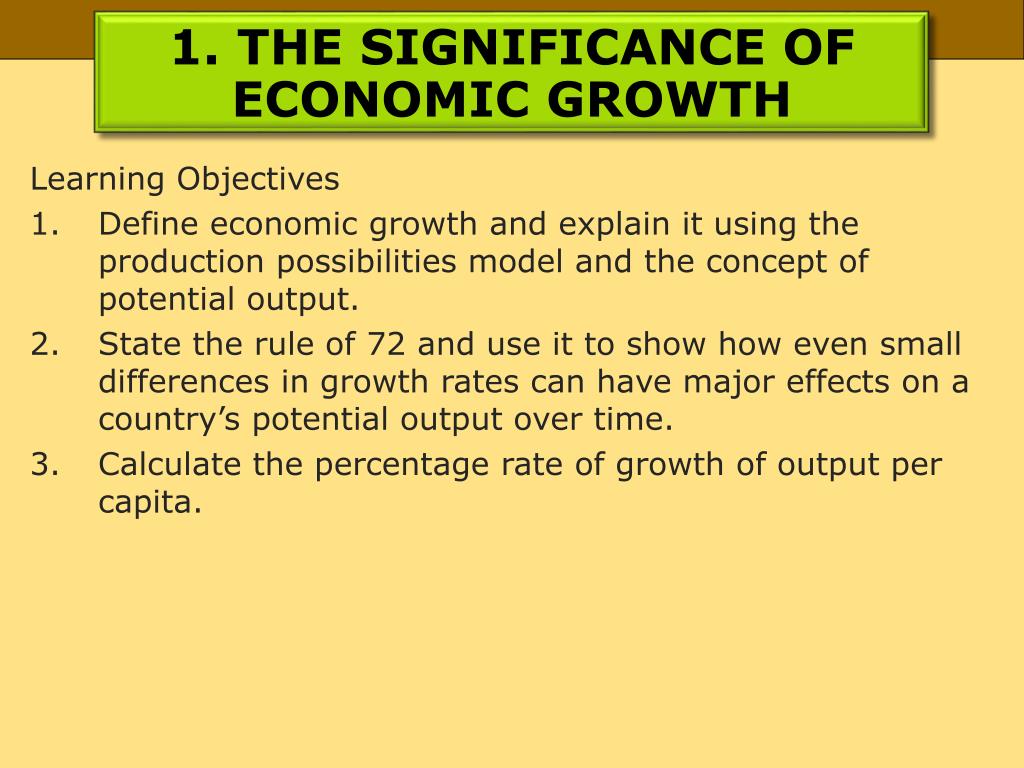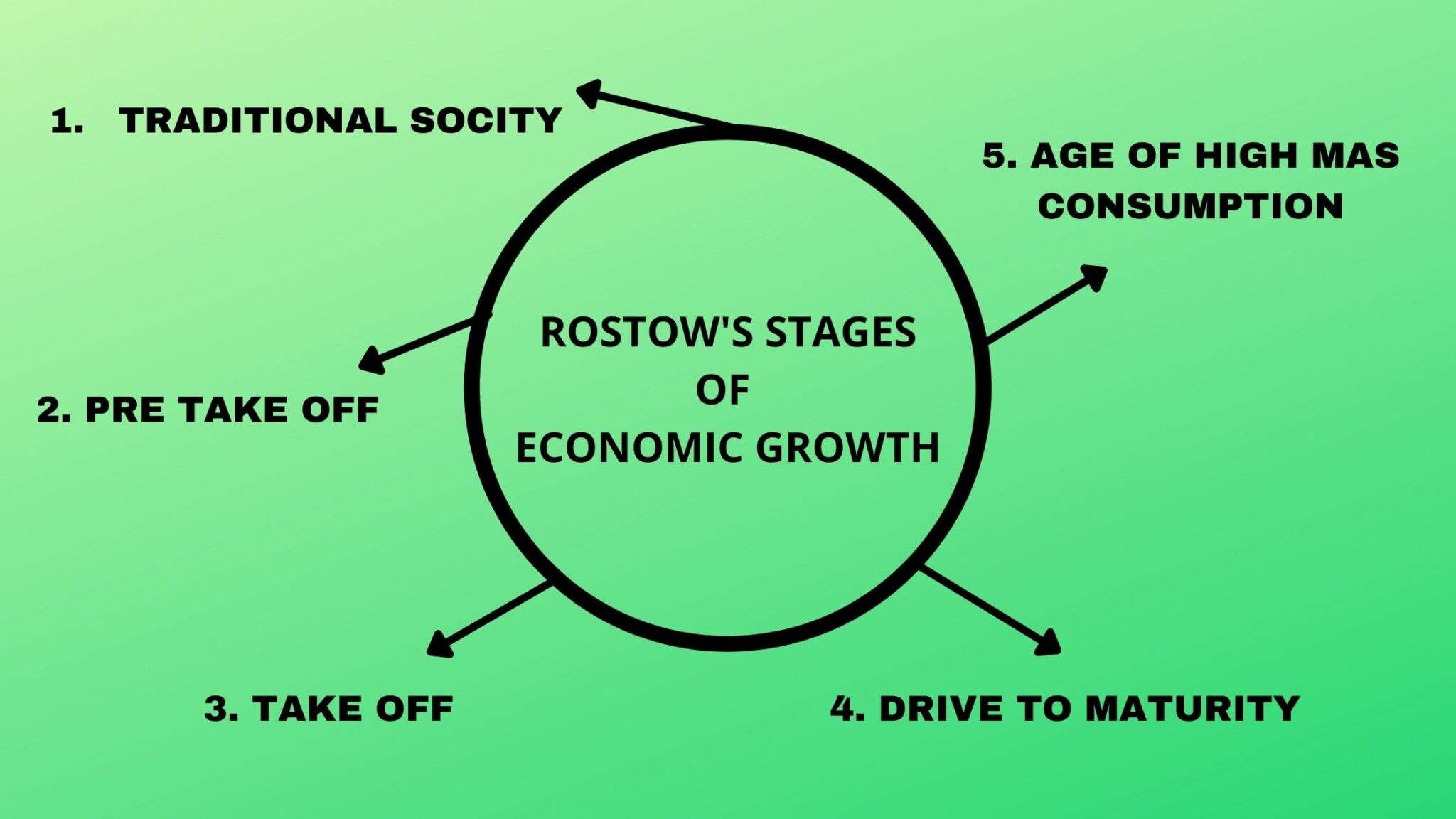Which Of The Following Definitions Corresponds To Economic Growth

Confusion reigns over the true meaning of economic growth. Experts are urgently clarifying the definitive definition amid widespread misinterpretations.
The precise definition of economic growth is critical for accurate policy-making and economic forecasting. This article cuts through the noise to provide a clear understanding, drawing on authoritative sources and economic data.
Understanding Economic Growth: The Core Definition
Economic growth is fundamentally defined as an increase in the production of economic goods and services, compared from one period of time to another.
It is typically measured by the percentage increase in real gross domestic product (GDP). This adjustment for inflation is crucial to avoid a distorted picture of actual production increases.
Ignoring inflation can lead to a misinterpretation of growth figures. Real GDP provides a more accurate representation of economic expansion.
What GDP Actually Measures
GDP represents the total market value of all final goods and services produced within a country's borders in a specific period.
It encompasses consumer spending, government expenditure, investment, and net exports (exports minus imports).
This comprehensive metric serves as a primary indicator of a nation's economic health and overall size.
Distinguishing Between Nominal and Real GDP
Nominal GDP is calculated using current prices, reflecting both changes in output and price levels.
Real GDP adjusts for inflation, providing a clearer picture of actual changes in output, removing the distortion caused by rising prices.
Economists and policymakers typically focus on real GDP when assessing economic growth.
Key Indicators Beyond GDP
While GDP is the primary measure, several other indicators provide a more nuanced understanding of economic growth.
These include productivity growth, employment rates, and changes in living standards.
Analyzing these factors alongside GDP offers a more complete assessment of economic performance.
Productivity Growth: Efficiency is Key
Productivity growth refers to the increase in output per unit of input, such as labor or capital.
Higher productivity allows an economy to produce more goods and services with the same amount of resources.
This is a crucial driver of long-term economic growth and improved living standards.
Employment Rates: Jobs and Economic Expansion
Employment rates indicate the proportion of the working-age population that is employed.
Rising employment rates generally signify economic expansion and increased demand for labor.
However, it's important to consider the quality of employment, not just the quantity.
Common Misconceptions About Economic Growth
One common misconception is that economic growth solely focuses on increasing wealth.
While wealth creation is a byproduct, the core definition centers on increasing the production of goods and services.
Another misconception is that economic growth automatically translates to improved quality of life for all citizens.
Growth vs. Development: A Crucial Distinction
Economic growth refers to the quantitative expansion of an economy, measured by GDP.
Economic development, on the other hand, encompasses qualitative improvements such as better healthcare, education, and reduced inequality.
While related, growth doesn't automatically lead to development without deliberate policies.
Distribution Matters: Growth for Whom?
Even with strong economic growth, the benefits may not be evenly distributed across the population.
Income inequality can persist or even worsen during periods of growth.
Policies are needed to ensure that the benefits of growth are shared more equitably.
Global Perspectives and Data
According to the World Bank, global economic growth is projected to slow down in the coming years due to various factors.
These factors include high inflation, rising interest rates, and geopolitical tensions.
Different countries experience different rates of economic growth, influenced by their specific circumstances and policies.
The US Economy: A Snapshot
The US Bureau of Economic Analysis (BEA) reports that the US economy has shown fluctuating growth rates in recent quarters.
Factors such as consumer spending and business investment play a significant role.
Monitoring these trends is crucial for understanding the overall health of the US economy.
Conclusion: Ensuring Sustainable and Equitable Growth
Understanding the correct definition of economic growth is essential for informed decision-making.
Focus must shift towards sustainable and equitable growth that benefits all segments of society.
Ongoing monitoring of GDP and other key indicators is crucial for assessing economic progress and identifying potential challenges.

:max_bytes(150000):strip_icc()/Economic-Growth-FINAL-56d44a93534b46dab5793b2fec7b965e.jpg)














:max_bytes(150000):strip_icc()/dotdash_Final_Economic_Growth_2020-01-a0ace0fdcf3142ae94494dcfd9986daa.jpg)

